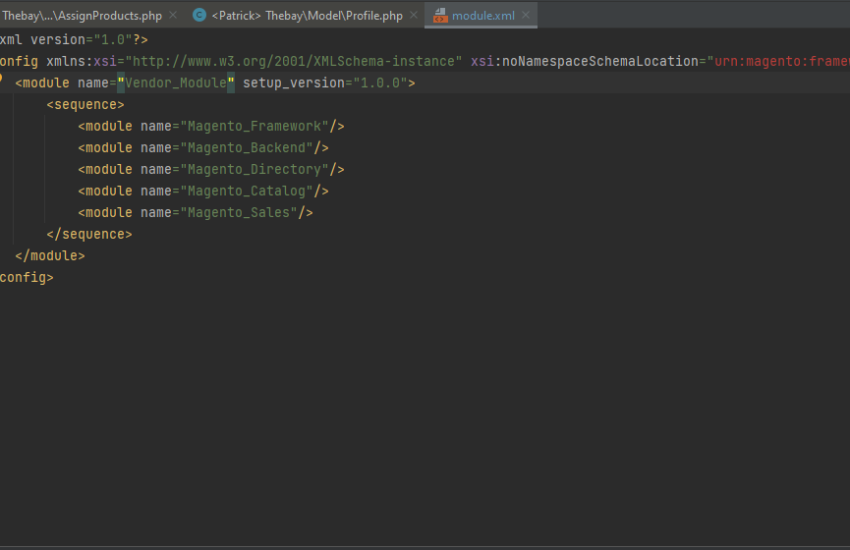In the dynamic landscape of Magento 2 and Adobe commerce development, the <sequence> tag emerges as a powerful tool for managing module dependencies. This seemingly modest XML element plays a pivotal role in orchestrating the loading order of modules, ensuring smooth functionality and minimizing conflicts. In this article, we’ll delve into the significance of the <sequence> tag in Magento 2, understanding its purpose, syntax, and the impact it brings to module development.
Table of Contents
Importance of the sequence Tag in Magento 2 and Adobe commerce
Managing Dependencies
Magento 2’s modular architecture thrives on dependencies. The <sequence> tag empowers developers to explicitly declare these dependencies, enabling a clear roadmap for the loading order.
Avoiding Conflicts
Conflicts between modules can arise if they depend on each other but aren’t loaded in the correct order. The <sequence> tag resolves this by ensuring that modules are loaded in the specified sequence, reducing conflicts and runtime issues.
Customization and Extensibility
Magento 2 developers often need to customize or extend the functionality of core modules. The <sequence> tag paves the way for seamless customization by enabling a systematic loading hierarchy.
Syntax of the sequence Tag
The <sequence> tag is typically placed within the module.xml file of your module. Here’s the basic structure
<config xmlns:xsi="http://www.w3.org/2001/XMLSchema-instance" xsi:noNamespaceSchemaLocation="urn:magento:framework:Module/etc/module.xsd">
<module name="Vendor_Module">
<sequence>
<module name="Dependent_Module" />
</sequence>
</module>
</config>Example Use Case
Imagine you’re developing a module that needs to modify the behaviour of another module. Without the <sequence> tag, your module might not be loaded before the target module, leading to unpredictable outcomes. By declaring the sequence, you ensure your module is loaded in the correct order, enabling smooth integration. For more information you can check official documentation of adobe commerce
Conclusion
The <sequence> tag is an essential component of Magento 2 development, offering precise control over module loading order and dependencies. By utilizing this tag, developers streamline module interactions, minimize conflicts, and enhance customization possibilities. Understanding and employing the <sequence> tag empowers developers to create robust, modular, and harmoniously functioning Magento 2 stores.

